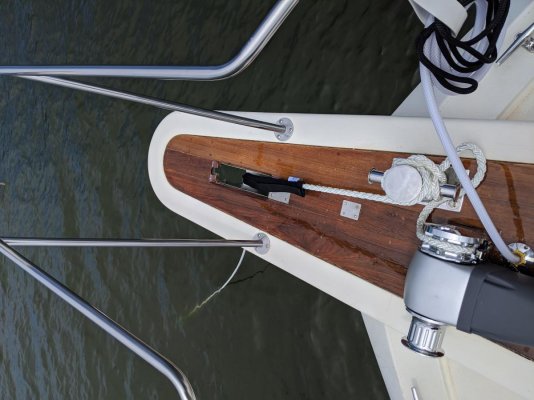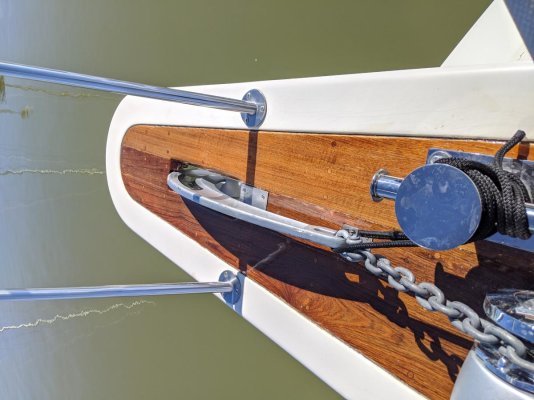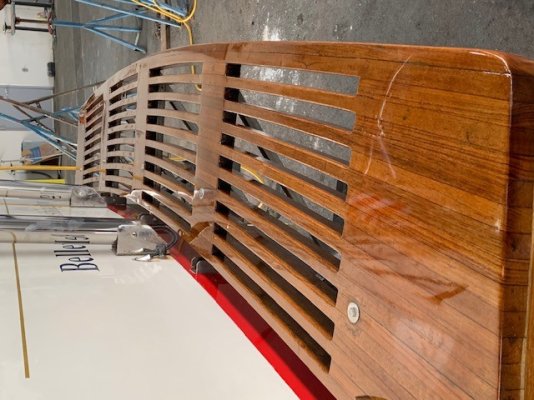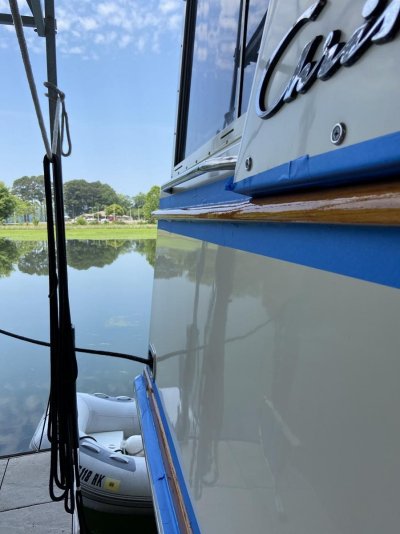MichaelD
Veteran Member
I have a question for all you experts. The question is "what's the best, most long-lasting varnish-like product?"
But first, a little context. I'm not trying do an immaculate restoration of a classic. Been there, done that. Decades ago, I had wooden boats and sanded/varnished my life away. Now, I just want to get a decent job on the cap rail of an old Bayliner. But, I've been out of the market so long, I don't know what the latest/greatest products are.
What's your informed opinion?
Thanks for taking the time to respond.
Michael
But first, a little context. I'm not trying do an immaculate restoration of a classic. Been there, done that. Decades ago, I had wooden boats and sanded/varnished my life away. Now, I just want to get a decent job on the cap rail of an old Bayliner. But, I've been out of the market so long, I don't know what the latest/greatest products are.
What's your informed opinion?
Thanks for taking the time to respond.
Michael





